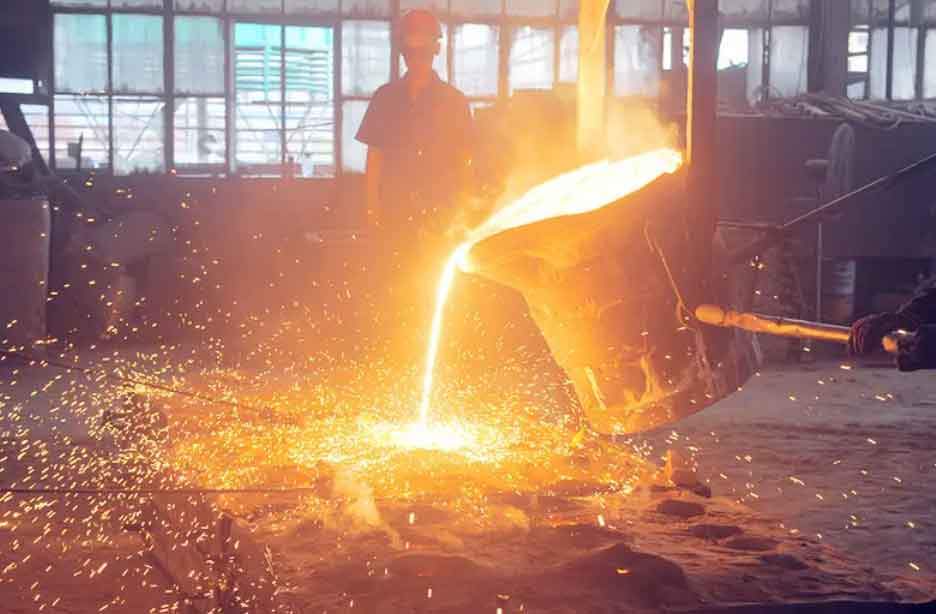
Relevant research in China began in the late 1970s. Although it started late, it developed rapidly. In 1980, Shenyang Foundry Research Institute and Dalian University of technology simulated the temperature field of the casting. Subsequently, according to the actual needs of production, the state arranged scientific and technological research projects to focus on the research of “large casting solidification control research CAD” and “large steel casting process”. In the field of precision casting, Northwest University of technology, Beijing University of Aeronautics and Astronautics, Beijing Institute of Aeronautical Materials and other units have done a lot of work. Xi’an Jiaotong University has carried out two-dimensional and three-dimensional simulation of metal aluminum and aluminum alloy by direct difference method; Shenyang Foundry Research Institute and Tsinghua University have studied the flow field simulation of free surface filling process: FTSolver simulation software developed by Tsinghua University has been applied in many enterprises in China. In addition to the above research institutions, Shanghai Jiaotong University, Shenyang University of technology, Beijing University of science and technology, Shenyang Institute of large castings and forgings, Hefei University of technology and other institutions have also made many research achievements.
Compared with foreign research, China has a small gap in the basic research of numerical simulation of solidification process, and has its own characteristics in some aspects. However, there is a large gap between China and foreign countries in the development and Application Research of commercial software. The number of commercial software is small, the penetration rate is not high, and the application field needs to be expanded. For example, there is less research in the casting of high-temperature alloys, copper, aluminum, and magnesium alloys There are few researches on centrifugal casting, and some of them are even blank. However, these problems can not be solved in the short term. It needs to be improved and developed in a long-term and systematic way in the environment of rapid development of manufacturing industry. In recent years, the numerical simulation technology of casting solidification has been applied more and more in the foundry process. In order to arm themselves with high-tech and meet the needs of China and international economic forms and technological competition, large enterprises and manufacturers have cooperated with colleges and universities and research institutions, which also provides a solid foundation and unlimited power for the development of China’s casting solidification simulation.
With the popularization of computers, casting software at home and abroad has gradually become popular, and more and more are applied to production practice to simulate and analyze the casting process. Its function and scope of use have also been further strengthened and expanded, so as to simulate the filling and solidification process and predict casting defects such as insufficient pouring, cold shut, air hole, air entrapment, inclusion, shrinkage porosity, shrinkage hole and crack under the guidance of casting theory and by means of computer technology.
